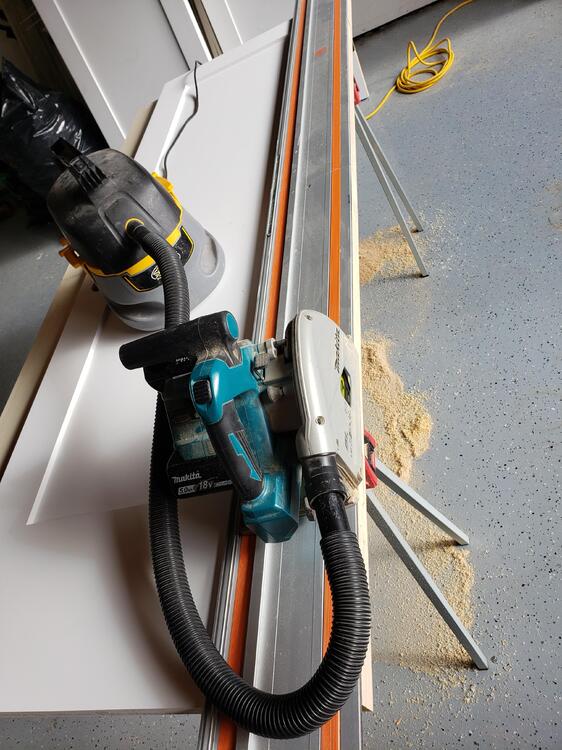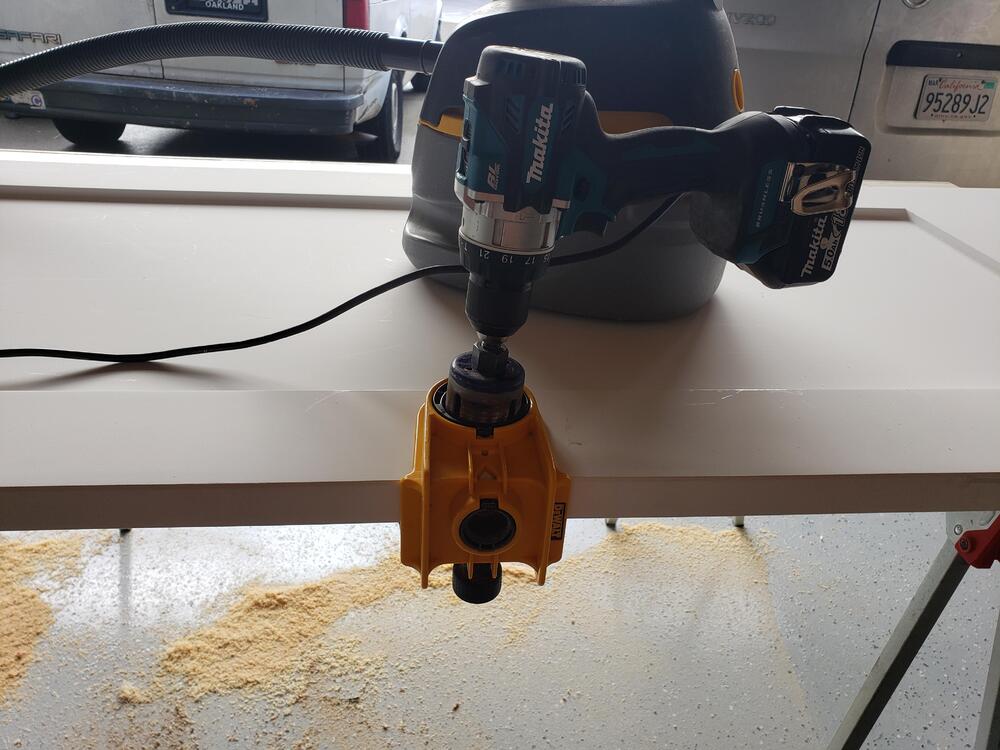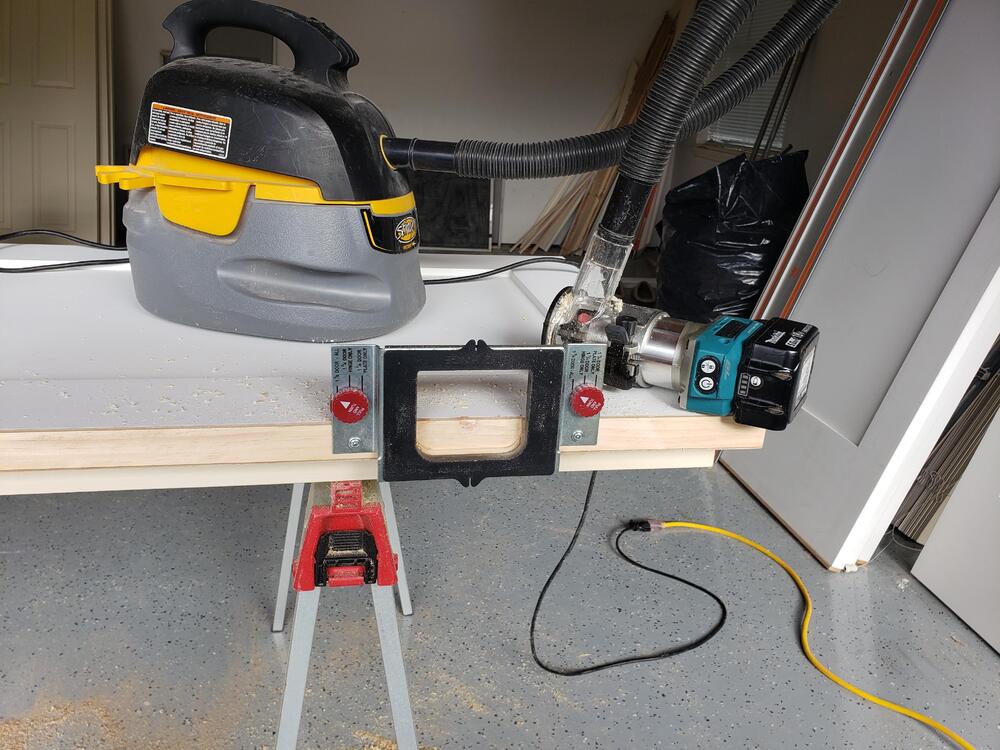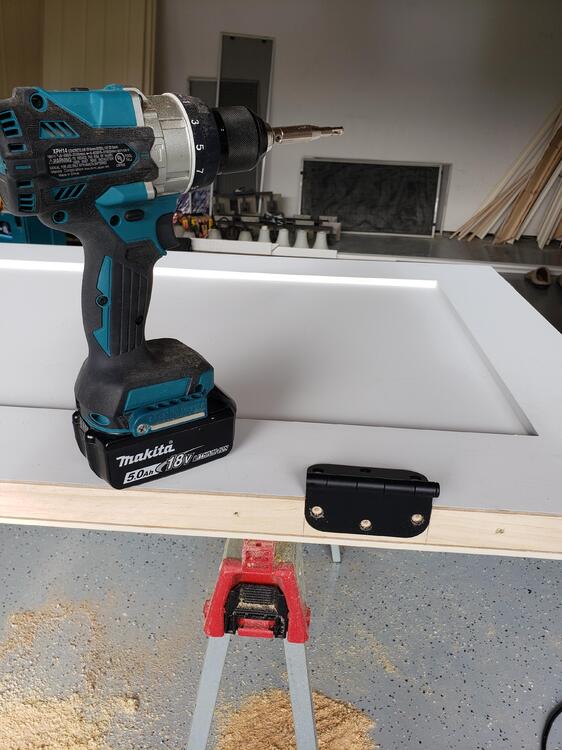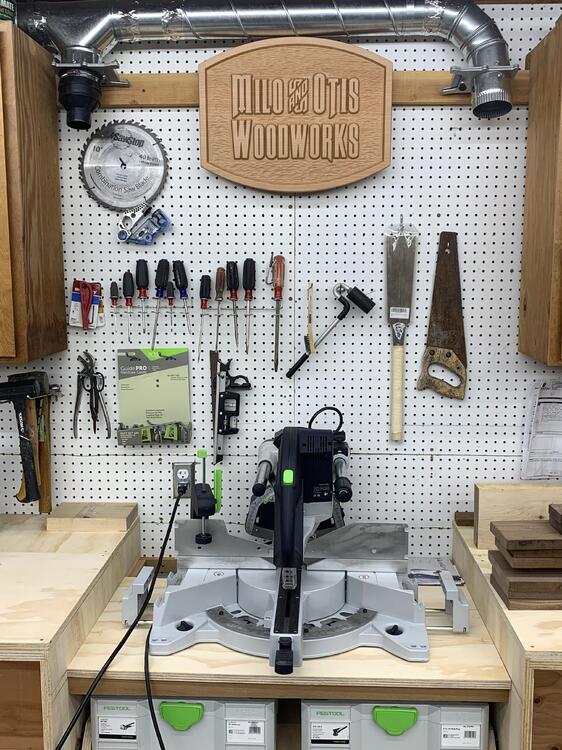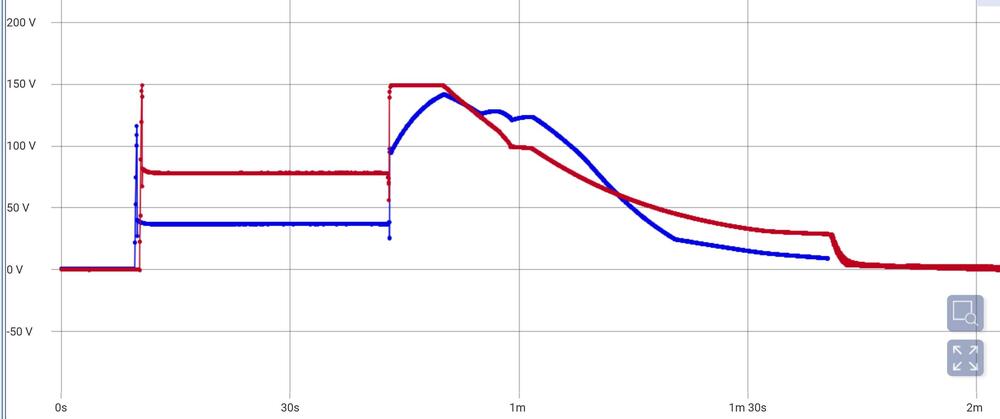Leaderboard
Popular Content
Showing content with the highest reputation on 01/06/2022 in all areas
-
Thanks for the birthday wishes. I spent my actual birthday ...being sick. I've alluded to some of the issues I'm facing (including 9 hours in the ER a month ago). I had a followup appointment at the local medical establishment I use last Tuesday. They called me the Monday before and cancelled it. I dunno if anyone's noticed, but it turns out that the US medical care system is under great pressure for some reason. Who knew? The good news is that I'm not dead, and by the end of the month I'll have a new iPhone (my current one is a 6S, which came out in the fall of 2015) and a shiny new (and expensive AAF) 16" Macintop. The means I might actually be back on the air before the collapse of modern civilization.6 points
-
Today's adventure entails mortising 22 door blanks to fit in existing door frames. First I need to cut the blanks to proper width, as the old frames are about 1/4" smaller than the new blanks. Then I use my lockset mortising jig to drill out for the knobs. Then I use my hing mortising jig to router away the hinge inset. The self centering, spring loaded drill bit makes quick work of attaching the hinges.5 points
-
3 points
-
I'm no paint expert, but I don't see any point to sealing those walls or the ceiling. Unless you are going to practice wall walking I don't think it will get a lot of wear and tear, and whitewash is supposed to be a little rustic too. Touching up as necessary down the road also seems easier than sealing all the surfaces. It would take some coats to seal that thirsty pine.2 points
-
I'm receiving a lot of conflicting recommendations on what to do with my walls when I search the intrawebs, and figured I'd ask here. So, I whitewashed the pine paneling in my new office. I used a 1:1 of water and flat latex paint, applied with a brush and wiped down after 10-12 minutes. I'm really happy with the finish. Now, some folks say you have to seal whitewashed paneling because the watered down paint doesn't provide the same protection, while others only recommend it for whitewashed shelving and furniture that will see more wear and tear. Any experience/recommendations/thoughts/opinions? I'm only going to spot-sand the floor and just seal in the worn patina. The desk is going to be walnut butcherblock. Trim is going to be painted white. I'm OK with the extra effort if it's needed, but it's a lot of work to seal the walls/ceiling if it's not necessary.2 points
-
2 points
-
2 points
-
He's bullshitting all of us. Those are bites from a vampire. He's going to turn within 24 hours. We should use his own ping pong table to carve the stakes we'll drive through his vampire heart!2 points
-
I wanted to show off the sign that Steve engaged Naaman to design and carve on the ping pong table. It is a beautiful piece of cherry that will age along with us, although unlike is it will look better over time. I haven't really organized the stuff on the peg board, it's just there temporarily because I'm trying to get everything out of the old shop space.1 point
-
Steve, just saying, I had a really excellent shawarma at Splitrock in Fairfax while drinking beer with Al today and highly recommend you direct $12 of your stimmy windfall that way. Get the lamb.1 point
-
I love the bm869s "it just works" (tm) is well built and just inspires confidence, has good accuracy and good resolution - especially on dc volts, has great input protection and a micro amp range. Its a great set of features for not crazy money. Many compare it to Flukes - which are double to triple the price. Ok, nit picking is in my DNA: it does not come with a case and the included probes are only okish and maybe the back light could stay on longer but otherwise its really nice. pc sound card into stax amp input works fine. I do this myself - its actually lower distortion and noise than most signal generators (many low cost arbitrary digital signal gens are more interested in high frequency in the 10s of Mhz rather than low noise and distortion in the audio range and are often only 12 bits of resolution - bellow compact disk resolution). The only things to bare in mind is the limited bandwidth of pc sound. Many soundcards have a capacitor in the output so the output will be down by multiple DBs at low frequencies ( 5 to 10hz) whereas many of Kevins Stax amps have no coupling caps and have a very extended low frequency response. Also at the upper end even a 192Khz sample rate sound card will probably have little output above 50khz-70khz. But for basic functionality testing it should be fine. A second hand old school analog signal gen might also be an option if you are on a budget and don't need the features of all digital gen. Windows can and often will re-sample the sound adding more noise and distortion so ideally you need asio drivers which can bypass most of the windows sound system including the windows sound mixer and deliver a far more pure output. if you pc has a digital output you can do digital output to external dac which can result in even lower noise and better distortion and sometimes better bandwidth (depending on if the dac has coupling caps and how it implement high frequency filtering). I also do this. personally I find arbitrary wave forms a gimmick - you cant analyse crazy wiggly waveforms and the software for making them is often primitive and basically you "draw" the waveform with a mouse and end up with something not really meaningful for audio. About the only time I used awg in audio was I created a symmetric wave so I could check absolute polarity and because of the asymmetry it effectively had busts of dc and so you could see the effect of the coupling caps reacting to the sudden changes in dc conditions. The ability to do a sine wave sweep is useful - for quickly getting a visual feel for frequency response on a scope and detecting peaks and trough's. Same with square wave sweep for quick look at instability vs frequency and triangle sweep for determining clipping vs frequency. (glad to help - my way of contributing to the community. In return I hope the community does not flame me if I express something they don't agree with 🙂 ) personally if you have no test equipment I would say in order of priority 1. good reliable robust multimeter with a good selection of probes, hooks etc and preferably a temperature probe input and K type thermal couple. For checking temps are sensible, searching for shorted and therefore overheated components, checking components are running within thermal spec, checking transistors are properly bolted down to heatsinks etc etc. 2. audio signal generator and scope (one is not much use without the other in my opinion) if you plan to do quite a few builds/start to get serious: 3. variac for slowly starting up new builds in a controlled way 4. semi conductor analyser - useful for checking for fakes, checking for failed transistors, matching small signal transistors. e.g. peak dca75 5. LCR meter 6. high voltage transistor breakdown tester - for testing fake transistors, diode breakdown and high voltage zeners one possibility is the dy294 although in stock form the clips are crap. I modified mine to have flying leads with good quality clips on the ends. The manual is also pretty bad. (common theme with cheap Chinese stuff but it does work and I have found it useful e.g. measuring and matching the output of high voltage (75V+) zeners. 7. capacitor leakage tester if you take electrical safety importantly and have separate power supplies from the amps 8. high voltage insulation tester for testing the wiring chord and connector between psu and amp 9. pat tester for testing primary winding of psu transformer, chassis safety earth etc if you plan to do lots of surface mount sense peak do a set of probes which are self standing and have very fine spring loaded tips. great of looking at individual pins on opamps etc. https://telonic.co.uk/product/4018-sensepeek-pcbite-kit-with-2x-100mhz-and-4x-sp10-probes/ and can be connected to mutimeters, scopes etc. real luxuries because you are taking things too seriously: ability to measure distortion and noise e.g. keithley 2015 x10 x100 differential scope probe more multimeters dim blulb tester (arguably as important or more important as a variac) if you are dealing with a known bad or unknown condition amp NOTE this list does not cover tools for building/repairing amps... only for testing/troubleshooting. I'm sure other headcase members can add to this list and include their own favourites. (I will not recommend anything I have not owned and used multiple times myself.)1 point
-
1 point
-
Reduced “300V section” a bit more, to 150V. Now the high voltages are +/-400V, +220V, -310V and -460V. Graph below shows voltage cross 2sj79 (Q24/25) in blue and cross 2sk216 (Q26/27) in red during power on, wait 30 seconds and power off. I can’t hear sonically differences between original voltages and reduced voltages.1 point





